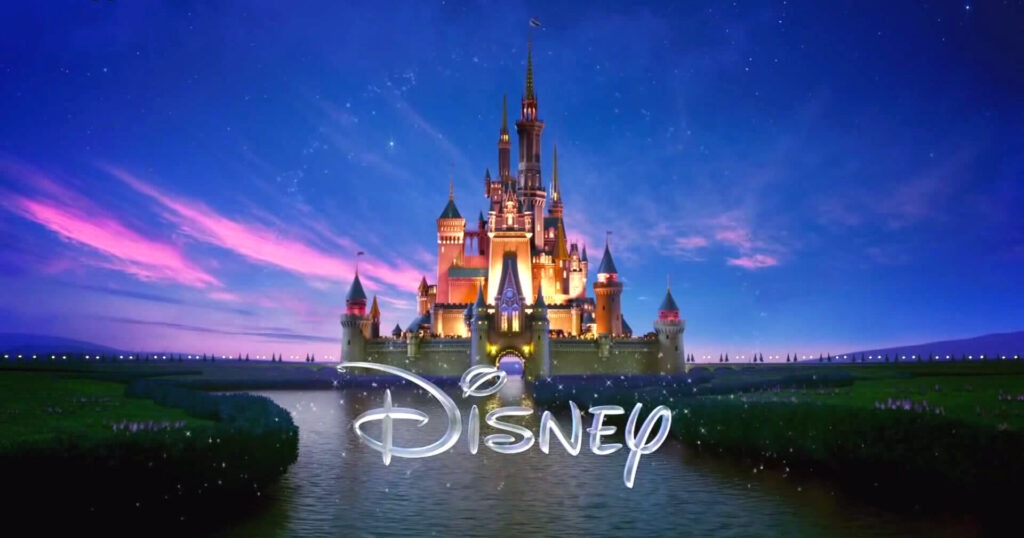Your cart is currently empty!
The Walt Disney Company (DIS): Magic, Media

The Walt Disney Company is one of the most iconic and diversified entertainment corporations in the world. With a market capitalization of approximately $250 billion, Disney’s reach spans continents, screens, and generations. Founded in 1923 by Walt Disney and Roy O. Disney, the company started as a humble animation studio and grew into a global powerhouse shaping the way the world consumes entertainment.
Origins and Evolution
Disney began with hand-drawn cartoons like “Steamboat Willie,” which introduced the world to Mickey Mouse. The company pioneered feature-length animation with the release of Snow White and the Seven Dwarfs in 1937. Over the decades, Disney expanded into live-action films, television, theme parks, and global merchandising.
The acquisition strategy in the 21st century played a major role in Disney’s transformation. With strategic purchases of Pixar (2006), Marvel (2009), Lucasfilm (2012), and 21st Century Fox (2019), Disney gained control of beloved franchises like Toy Story, Avengers, Star Wars, and Avatar.
Core Divisions and Offerings
1. Media Networks: Disney owns ABC, ESPN, National Geographic, and other influential channels. These networks reach millions and generate substantial advertising and licensing revenue.
2. Parks, Experiences and Products: With Disneyland in California, Walt Disney World in Florida, and international parks in Paris, Tokyo, Hong Kong, and Shanghai, the theme park division is a cornerstone of Disney’s experiential brand.
3. Studio Entertainment: The company’s film division includes Walt Disney Pictures, Marvel Studios, Pixar, Lucasfilm, and 20th Century Studios. Blockbuster franchises consistently dominate global box offices.
4. Direct-to-Consumer & Streaming: Disney+ has become a serious contender in the streaming market, alongside Hulu and ESPN+. The direct-to-consumer strategy has reshaped how audiences engage with Disney content globally.
5. Consumer Products and Interactive Media: Disney’s characters and IP power a massive global licensing business that includes toys, video games, and apparel.
Technological Adaptation and Digital Growth
Much like Apple and Amazon, Disney has embraced digital transformation. Its acquisition of BAMTech paved the way for a robust digital streaming infrastructure, fueling the global expansion of Disney+.
AI, virtual reality, and real-time rendering are now part of Disney’s storytelling toolkit, from animating movies to enhancing theme park attractions. Its use of proprietary tech rivals innovations by NVIDIA in immersive experiences.
The Walt Disney Company also experiments with metaverse concepts and interactive storytelling, seeking to build digital realms where users can experience its IP in ways beyond traditional video.
Financial Performance and Strategy
Disney’s diversified portfolio allows it to weather industry shifts. While theme parks suffered during COVID-19 lockdowns, streaming services surged. The company’s ability to pivot across verticals showcases financial agility akin to firms like Berkshire Hathaway and Johnson & Johnson.
Revenue from direct-to-consumer streaming now plays a critical role in its long-term valuation strategy, while studio entertainment continues to deliver global hits.
Disney also benefits from synergistic cross-promotion—characters that debut in a film can instantly show up in video games, merchandise, theme park rides, and streaming spin-offs.
ESG Initiatives and Global Impact
Disney is committed to sustainable practices and social responsibility. Initiatives include:
- Reducing carbon emissions across theme parks and studios
- Investing in renewable energy projects
- Promoting diversity and inclusion in content and corporate leadership
The company also supports child education, disaster relief, and conservation through the Disney Conservation Fund. Similar to Tesla and The Home Depot, Disney aligns its brand with modern values, contributing to its cultural relevance.
Challenges and Market Dynamics
Disney faces stiff competition in the streaming space from Netflix, Amazon Prime, and Apple TV+. Additionally, fluctuating box office returns and regulatory scrutiny in international markets pose risks.
The evolving regulatory environment, especially concerning content censorship in key markets like China and the Middle East, adds a layer of complexity to content planning and localization.
However, its deep IP catalog, cross-platform synergy, and loyal global fan base provide durable advantages—similar to the brand strength held by Meta Platforms and Microsoft.
The Road Ahead
Looking forward, Disney aims to:
- Expand Disney+ in emerging markets
- Develop immersive experiences with augmented reality
- Monetize legacy content through new channels
- Pursue sustainability and ethical production
- Invest in AI-powered content personalization
Disney is also exploring opportunities in gaming, particularly through Marvel and Star Wars IP integration. In the long term, the company may evolve into a hybrid entertainment-tech entity, with virtual worlds, subscription bundles, and original gaming IP.
Conclusion
The Walt Disney Company is not just an entertainment business—it’s a cultural institution. From castle-fronted fairy tales to superhero sagas and theme park thrills, Disney continues to shape global narratives with creativity, technology, and heart.

Mr. Rajeev Prakash
Rajeev is a well-known astrologer based in central India who has a deep understanding of both personal and mundane astrology. His team has been closely monitoring the movements of various global financial markets, including equities, precious metals, currency pairs, yields, and treasury bonds.
Featured Post
Financial Astrology Terminal
The Financial Astrology Terminal is a web platform that combines real-time U.S. market data (S&P 500, Nasdaq, Dow, Russell, key stocks and commodities like gold and silver) with planetary cycles, giving traders and investors astro-timing signals on top of normal charts and analysis.
